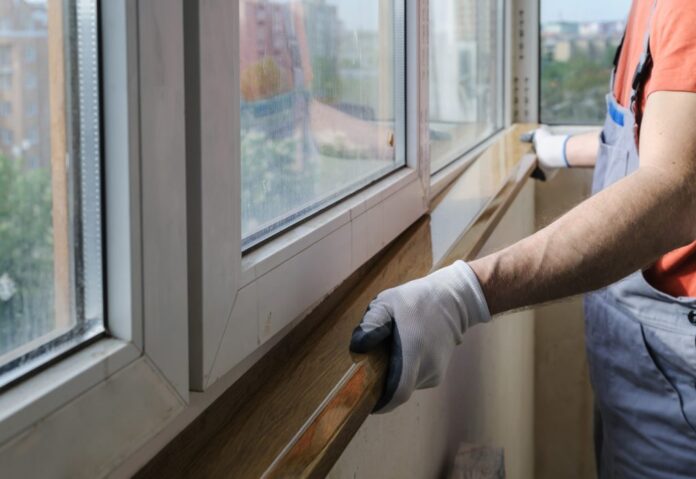Windows add a touch of style to the home while at the same time letting in light. Your home might benefit from a fresh set of windows. It could be time for new windows if your existing ones aren’t opening and shutting as smoothly as they once did or if you want a new look. It could also be because you plan to lighten up a dimly lit area on a budget. The cost of adding a window is determined by the size and kind of window you pick, the quality of contractor you hire, and how complex the installation will be. Expenses also can differ considerably depending on where you reside. Assessing the total cost of putting in a new window can help you stay on budget and avoid unexpected charges later on. To stay on budget, get a quote from Houston’s most trusted window replacement contractor so that you can plan accordingly.
Major Cost Considerations When Putting in a New Window
Several factors determine the cost of replacement windows. The cost is also affected by your property’s geography and whether you reside in a cold or warm region.
- Window Material
The type of window replacement material you pick will greatly influence both cost and appearance. The material you choose will influence the brand selections accessible to you and the long-term maintenance expenses. Vinyl, oak, fiberglass, metal, and hybrid are the most prevalent window-frame materials. With an average price bracket of $100 to $1000 per window, vinyl is among the most economical, lasting, and energy-efficient options. Fiberglass frames are up to 40% more durable when compared to vinyl window frames, with a median price of around $750 per window. With a price range of $100 to $1,500 on average, wood frames give a traditional architectural style. Composite windows are made out of PVC compounds and natural wood fibers, and they can cost anywhere from $500 to $1,500 per window.
- Type Of Window
Always think about the dimensions, purpose, and appearance of replacement windows before installing them. Each type of window has a distinct function. The most prevalent window styles are single-hung, casement, picture, double-hung, sliding, bow, and bay windows. Typically, the bigger the window, the higher the cost of replacement. A regular double-hung window costs roughly $300 to put up; however, a larger new picture window can cost up to $1000 or more. Window styles that need a greater degree of skill to install may also necessitate additional labor time, reflected in the final budget.
- Window Placement
The position of the windows might impact the total cost of replacement since some places can demand extra skills and effort per window. Putting windows on the higher levels or skylights on the rooftop takes more time and requires more machinery than replacing windows on the ground level. Basement windows give alternative exit points out of a property in an emergency, and evacuation windows for basement-level rooms are required in most places. Bathroom windows and those in a hallway or dining area may cost anywhere between $200 and $800 per unit. Oversized bay, picture, or bow windows, on the other hand, can potentially double or triple the expense of these living room alternatives.
- Dimensions, Form, And Quantity Of Glass Panes
The kind of glass used in new windows can help you save money on your power costs by enhancing energy efficiency. It may be advisable to use toughened glass based on a property’s geographic area, and tinted glass is beneficial for decreasing harmful UV rays. Tinted or protective glass may be needed by law, depending on the region and condition of the property. Furthermore, bay windows contain three panes of glass and cost on average $1,500. Bow windows generally feature five panes and range in price from $1,000 to $5,000.
- Project Complexity
A nailing fin, which is a groove around the corners for connecting the framework directly to the bolts and is present in new construction, distinguishes full-frame window replacement from a retrofit upgrade. Replacement windows, also known as retrofitting, are typically 20% less expensive than new installation and may require less effort. If a homeowner opts for comprehensive windows or new installation, the cost of window replacement can skyrocket by up to 100%. The increased expense stems from the need to replace both the window and the window frame.
Noticeable cracks or decay on the framework or glass, moisture accumulating between panels and the inside of the glass, or perhaps the windows no longer working as smoothly as before are all clear grounds for window replacement. You can also save on heating and cooling expenses by investing in new energy-efficient windows. Additionally, upgrading poorly insulated and leaky windows is among the most cost-effective methods to increase the value of your property.
































